4 Cloud Native Application Habits
Cloud native application, specifically designed to run in the cloud, offer unparalleled scalability, flexibility, and resilience. Embracing cloud-native technologies is not just a trend; it’s a necessity to stay ahead in the competitive tech industry. These applications are specifically designed to leverage the advantages of cloud computing, allowing businesses to scale, innovate, and deliver services faster than ever before. Transitioning to cloud native application development requires a shift in mindset and adopting new habits that are tailored to the cloud environment.
Cloud native application habits
Habits
Cloud modernization
- Fundamentally, it consists of the adoption of the 12-factor methodology, which is a methodology to build modern, scalable, and resilient SaaS applications for any programming language.
- Some of the components are dependency isolation, portability, CI/CD, source control versioning, parity or environment parity, and more bits.
Cloud API
- Essentially Cloud API has the ability to communicate across different cloud environments utilizing the same API protocol in order to share information and data coming from the customer or going to the customer, like Open banking, which its core premise is to incorporate secure API across different financial service providers.
- Another component from this section is to utilize SaaS or fully managed services like Amazon RDS, MongoDB, DynamoDB, Amazon SES, MongoDB Atlas, or any other service that help you develop faster.
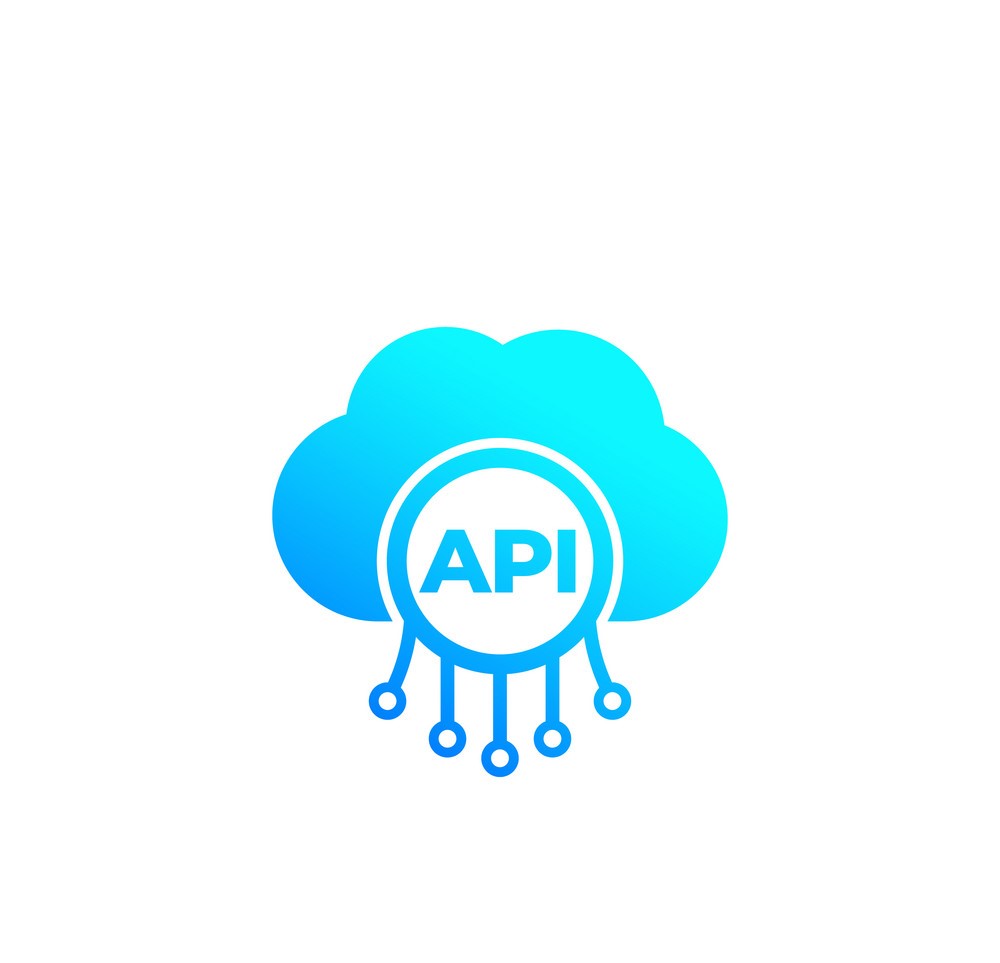
Cloud native
- Is the adoption of microservices, light, and portable containers, loosely coupled architectures with Docker and how to manage microservices and containers. In this case, would be Kubernetes, AWS ECS, or even Fargate.
Cloud DevOps
- Fundamentally, you need to automate any repetitive tasks, utilizing Infrastructure as Code, this infrastructure business logic needs to live in the source control version system like Git or Bitbucket.
- Nowadays, every digital company is looking for being at the leading edge of technology and one way to achieve it is by changing the way they design and use applications; hence the importance of getting immersed in the cloud native application’s theme.
DevOps
DevOps is the collaboration between software developers and IT operations with the goal of delivering high-quality software that solves customer challenges. DevOps creates a culture and an environment where building, testing, and releasing software happens rapidly, frequently, and more consistently.
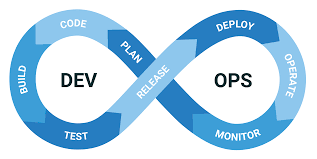
Agile product
Continuous Delivery, enabled by Agile product development practices, is the process of moving incremental software changes into production constantly through automation. Continuous delivery makes the act of releasing software dull and reliable, so organizations can deliver software more frequently with less risk and get feedback faster.
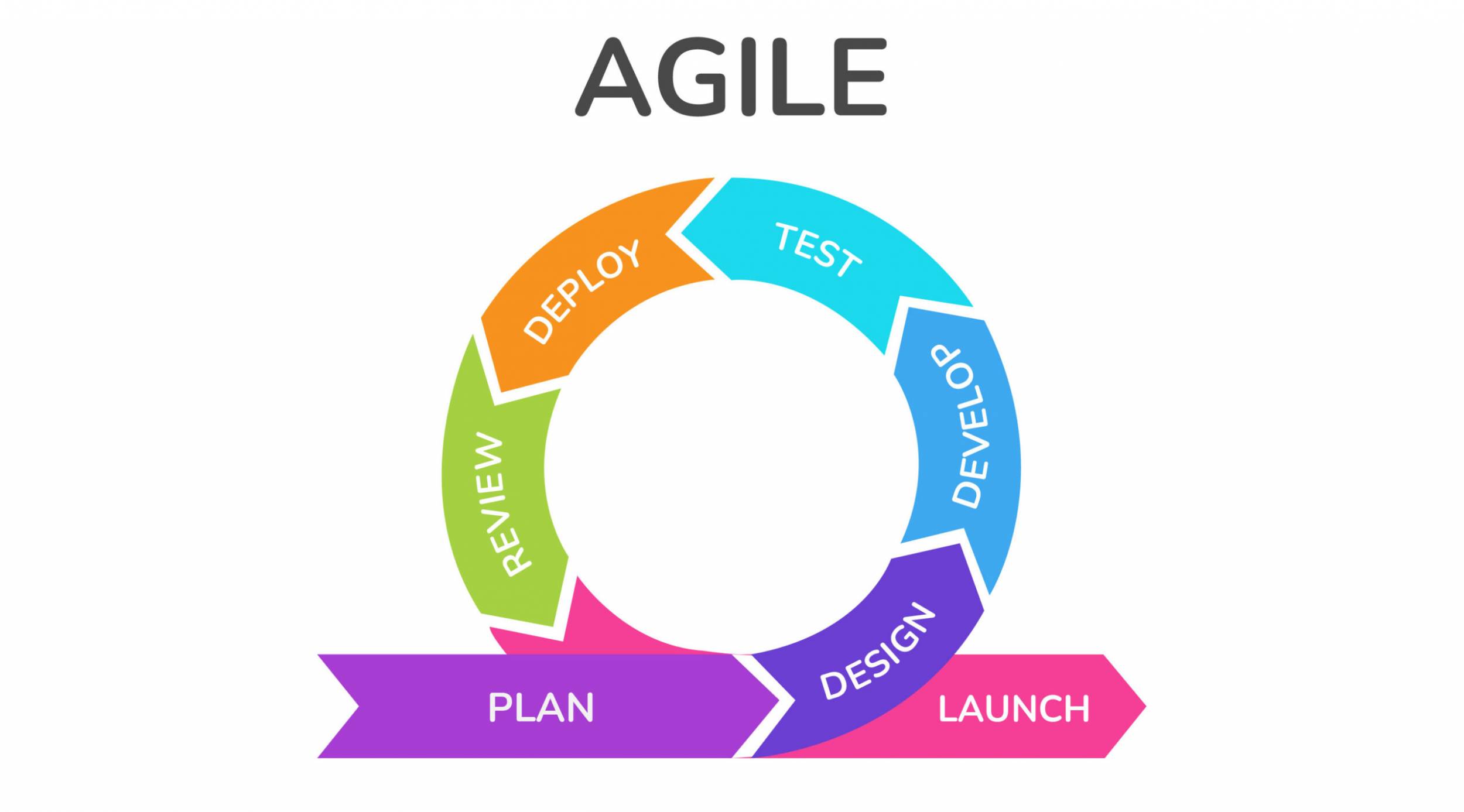
Cloud native security
Cloud native security offers a transformative way to reduce risk in the enterprise based on three principles: repair vulnerable software as soon as updates are available; frequently repave servers and applications; rotate user credentials often.
Conclusion
This way, you will join the continuous transformation journey that is needed to disrupt and modernize your digital products, otherwise, they won’t reach your clients.

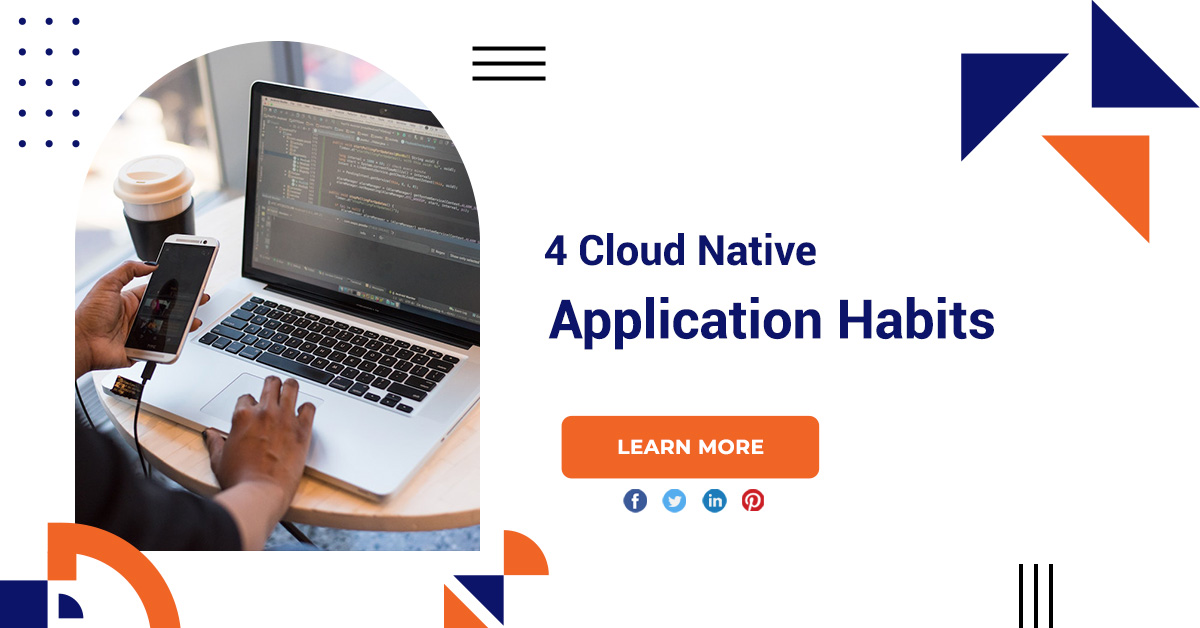


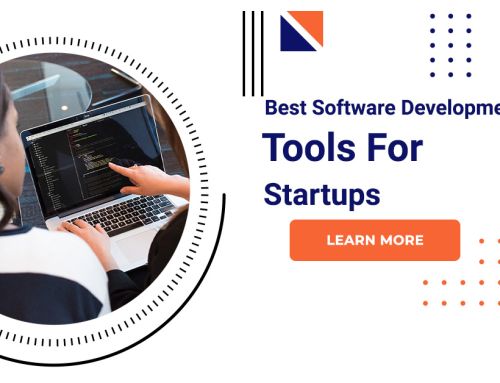



Leave A Comment
You must be logged in to post a comment.